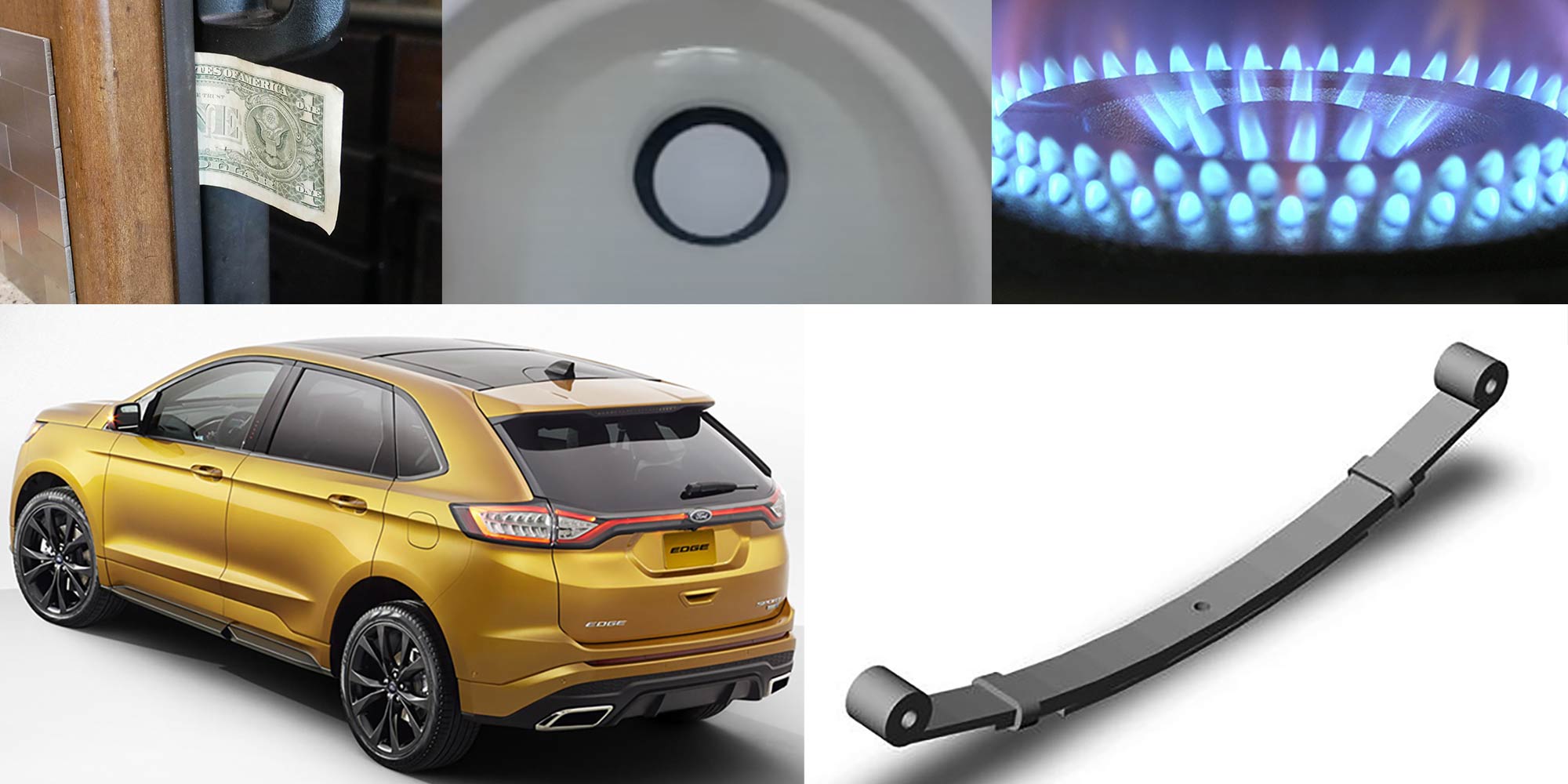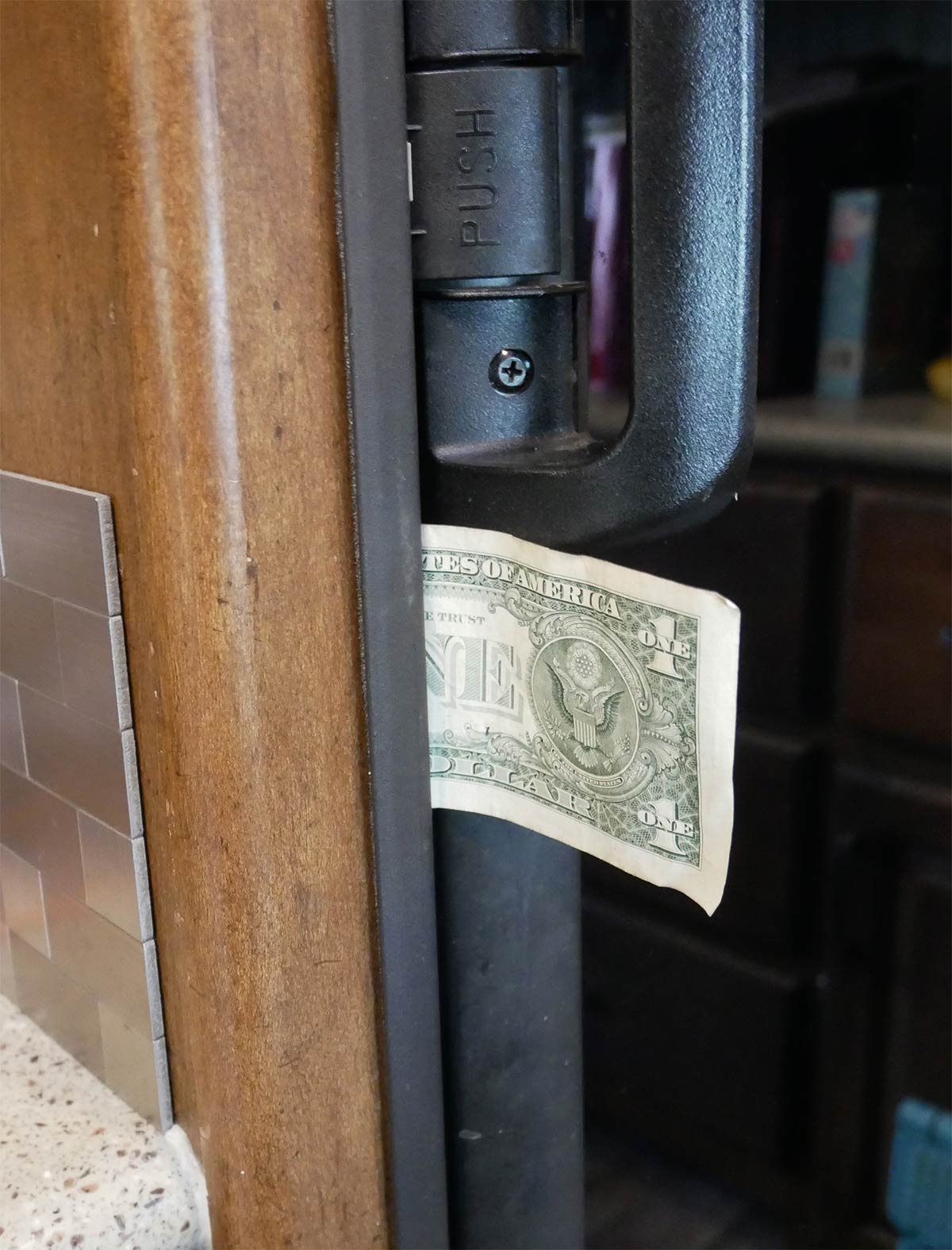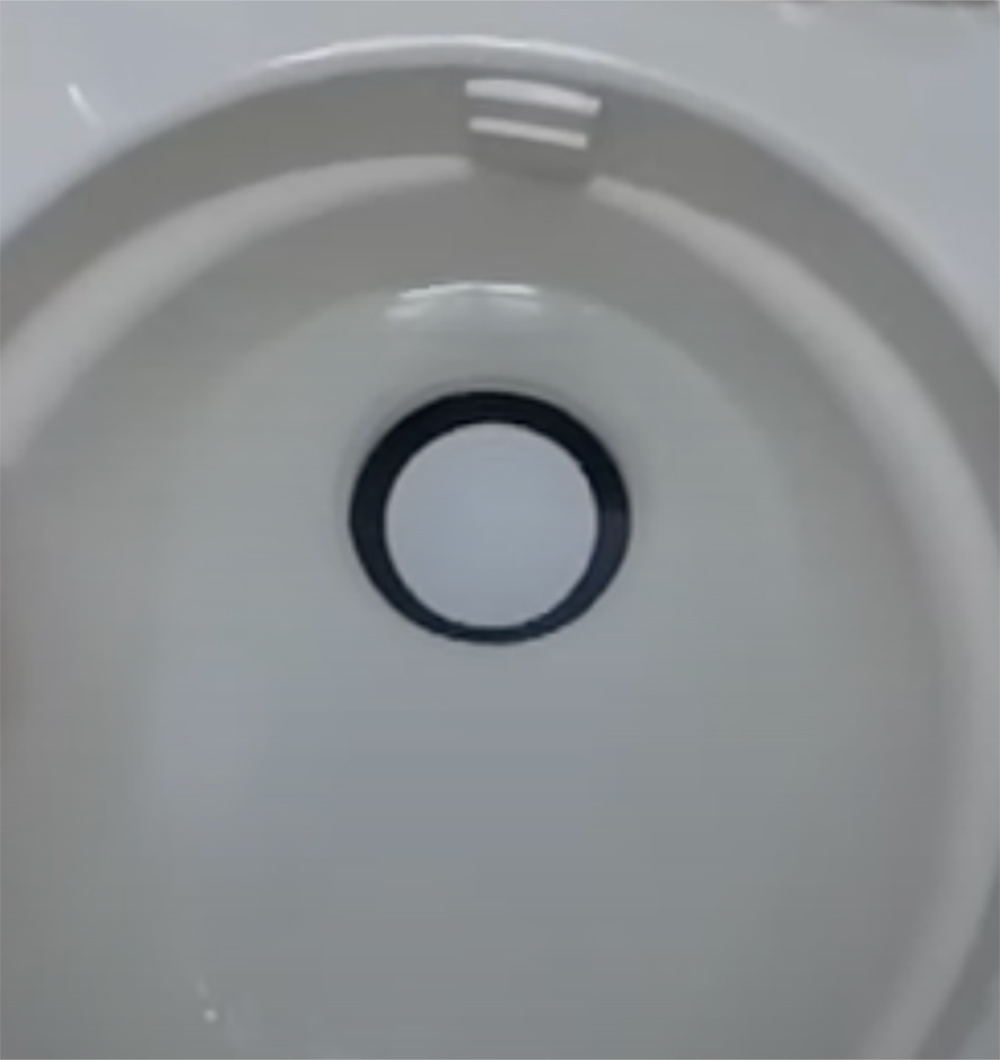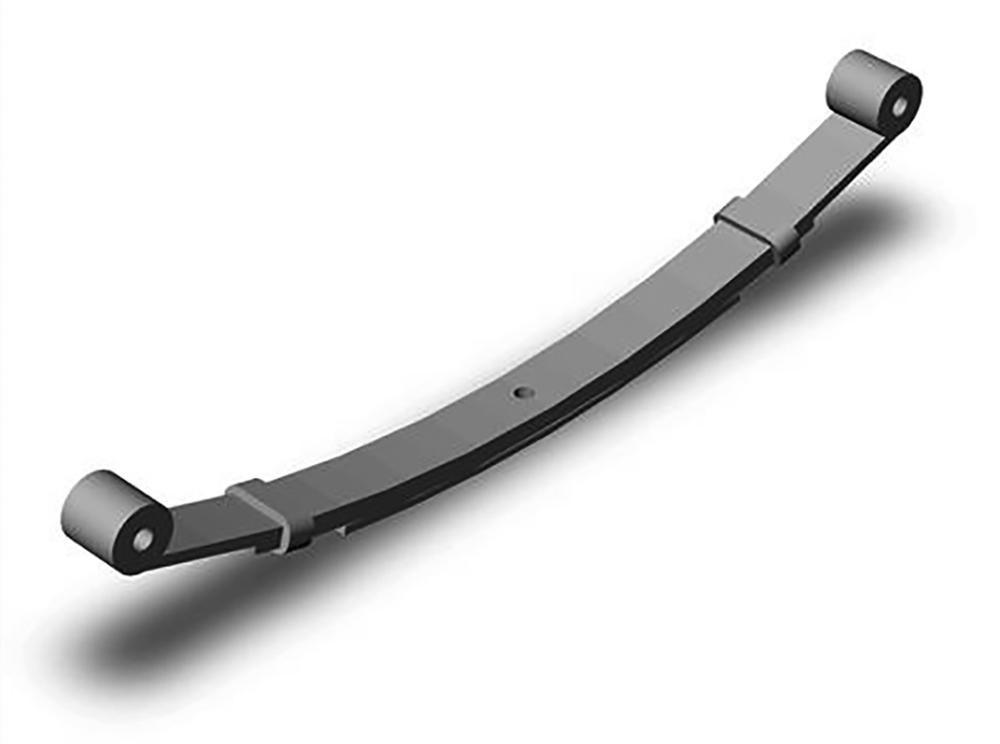Technically Speaking – Q & A

Fridge Fix
How do you adjust refrigerator doors to make them fit tighter and stop leaking cold air? My unit is a Norcold model 2118 SST. The other issue that I have is the condensate to the drip tray in the fridge runs out to a container outside the RV. The container sits next to the coil on the tubing. No drain. I have to empty the container at least twice a day — not a real efficient design.
Barry Barquest
Barry, I have some good news and some bad news.
Let’s start with the good news. The issue of the water dripping from your condensate tube is easy to fix. Simply pull up the condensate tube from the outside tray and re-route it to one of the little square vent openings in the outside access door. Many refrigerators are designed to do this anyway, and if you need more tubing to reach you should be able to source it at a local home center or auto parts store.
Now the bad news: the reason your fridge is creating so much condensation is because it’s open to the warm humid air, which is causing condensation on the cooling fins in the fresh food compartment. Sometimes people complain of a condensation issue on the doors of this model if the door flapper heater fails for some reason. That doesn’t seem to be the case here.
Test the door seal by closing the door on a dollar bill. If the bill slides easily, the seal is likely bad. Of course, any physical damage such as tears or separation from the door are obvious. If the door seals are bad, then so is the news: the seals are molded into the door foam when the doors are manufactured and are not replaceable. In order to have a “factory quality” seal the door will have to be ordered and replaced.
As an alternative, it may be possible to cut off the old seals and surface-glue generic refrigerator seals on the doors, but this doesn’t always work very well. I hope this helps!
— Chris Dougherty

Toilet Odor
I have a fifth wheel with a Thetford toilet, and I have a terrible odor problem, especially early in the season after winter storage. Last year I replaced the toilet seal to try and fix the problem, but it didn’t work. What else should I be looking for?
David Morehouse
David, this is not an uncommon issue, and the problem is a bad seal — but not the toilet seal. Rather, it’s the ball seal inside the toilet itself.
The ball seal is compressed against the ball, isolating the toiler from the black tank, but it allows the ball to move when the toilet is flushed. When sitting is storage while winterized, the seal will dry out and stiffen. When returned to service, the seal can leak — and once there is no water left in the bowl, odors can come up through the toilet.

Lastly, the mechanism can be sticking slightly open. Silicone lubricant sprayed around the moving parts and joints may help free it up enough to close.
Replacing the ball seal may be needed, which may require removing the toilet (Dometic toilet seals may be changed without removing). This will give you a good opportunity to service and clean the entire unit. Service kits for most RV toilets are readily available.
— Chris Dougherty
No Gas at Altitude
I have a seriously odd tech problem I’d like to discuss with you. Our stove stopped working — it will not light, won’t even flow gas at the burners. It worked fine at home a few days ago when tested. I have a full propane tank and other devices — fridge and furnace — work fine fed by the same pipe. Nothing changed, no pinched lines, etc. Such a simple device has me flummoxed.
Jeff Johnston
Jeff, propane can be finicky at higher altitudes because of the lower atmospheric pressure and lower oxygen content up there. Because of the way the cooktop is designed, it can’t adjust its output of gas to correspond with the atmospheric pressure, and thus won’t light.

There are basically two ways to fix this in most situations. Appliances that have an available high-altitude kit are fitted with a smaller-sized orifice to reduce the amount of gas flow. The second way is to derate the regulator to a lower pressure, as low as 2.5-inches water column (wc). The former is a pain to do, especially on each appliance, but not all appliances require it. The latter requires a manometer and gas fitting to properly adjust and should be done by a qualified technician.
What I’m not sure of is the effect of the third-stage regulator, if there is one, in the cooktop. Appliance regulators further reduce the gas pressure from 11-inches wc to 10-inches wc. Those, like the ones on your home BBQ grill, are fixed and non-adjustable.
You would do well to reach out to the appliance manufacturer and see what they say. They may have seen this before and have a fix, like an altitude kit.
— Chris Dougherty

Ford Edge Towability
I’ve been in the market for a towable vehicle. I found a 2015 Ford Edge Sport, but when I consulted the motorhome.com dingy list, that model was not listed. If I remember correctly, the Ford Edge Sport was listed on every list from 2010 to 2020, except 2015. I’ve also looked at the owner’s manual, which says that model can be flat towed, but I wanted to check with you first before completing the purchase.
My question is, was the 2015 Ford Edge left off the list for a reason or was it erroneously omitted?
Aaron Leimer
Aaron, I compiled the dinghy towing guide for MotorHome magazine for roughly 20 years, and I can tell you that errors and inconsistencies did arise from time to time. In some instances, the manufacturer incorrectly stated that a vehicle is not towable or, worse yet, was towable when it actually was not. This often happens when a new vehicle has not been completely vetted as towable and the preliminary information isn’t correct. The other possibility is that the 2015 model was simply overlooked that year, and that happens as well. The bottom line is, as long as the owner’s manual verifies that the vehicle is towable, you’re good to go. Enjoy your new-to-you dinghy vehicle!
— Chris Hemer
Axle flip?
My wife and I just purchased a travel trailer to tow behind our 2018 Ford F-250 4WD. When we hooked it up, I noticed that it is pretty “nose up” and I’m worried about the back of the trailer scraping over driveways, etc. We also occasionally travel off-road. I have heard about axle “flip kits” that put the leaf springs on top of the trailer axles instead of below them. Will doing that make the trailer top heavy or affect the handling in some way?
Mike Stinson

— Chris Hemer
Already a Subscriber? Click here for Access to the Full Issues.

